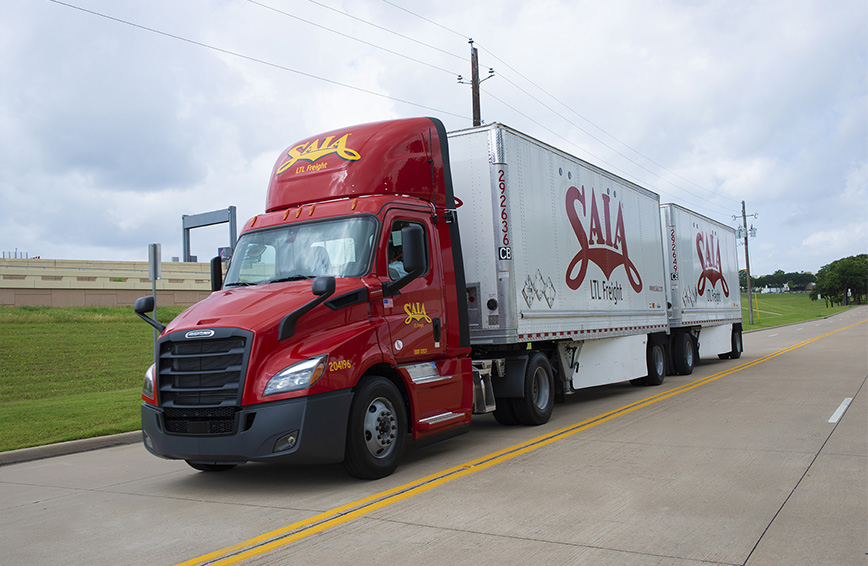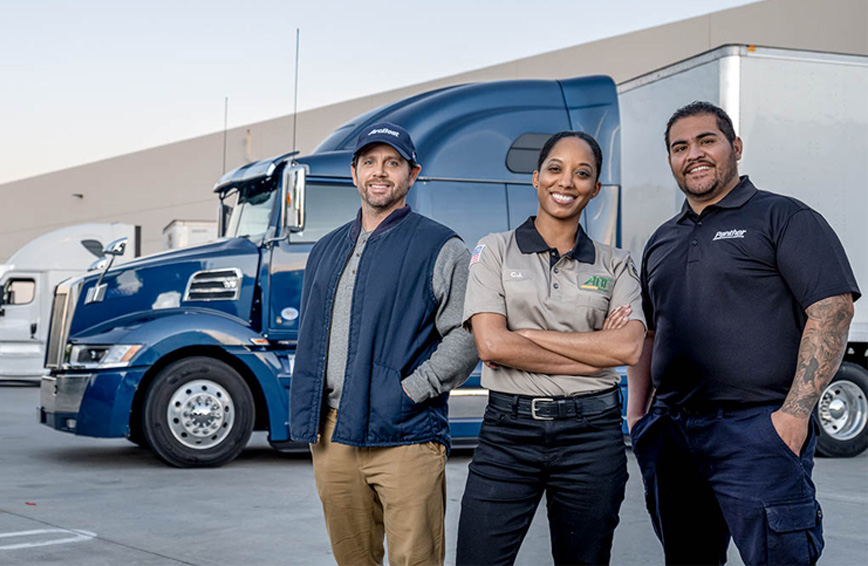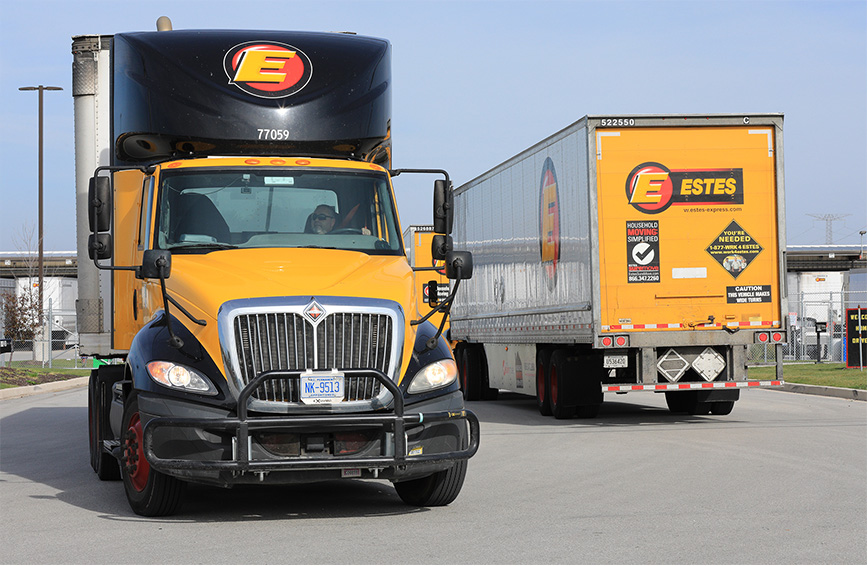The complex issues surrounding trucking and COVID-19 vaccine distribution have been in the news for weeks. And as states, cities, and localities across the country intermittently lock down and open again–and holiday shoppers take to e-commerce shopping like never before–freight surges are creating one of the most complex freight environments we have seen in years:
- Many U.S. shippers managed during the early stages of the pandemic. But driver scarcity for truckload (TL) and less-than-truckload (LTL) freight has gone from a chronic problem to an acute problem, due to closed truck driver schools and clampdowns on federal regulations surrounding drivers' drug and alcohol use.
- According to a recent Logistics Manager's Index Report, skyrocketing transportation costs jumped 30.5% since March 2020, due to strong freight demand and a low supply of drivers and capacity.
What COVID-19 vaccine distribution has taught us
What has COVID-19 vaccine distribution taught us about securing truckload (TL) and less-than-truckload (LTL) capacity?
As the U.S. economy heads into an uncertain 2021, what can transportation managers and logistics managers do to keep abreast of surging consumer demands and ensure they have the capacity they need?
Many companies are overhauling inventory management and logistics network design and carriers are aware they need to stay agile to keep freight moving for customers. But carriers can take a few steps to thrive despite the challenges:
Lean your operations
An optimization-based transportation management system (TMS) can used augmented intelligence to optimize a transportation operation's performance, making sure it is not too lean or too fat.
Choose the right driver for the job
It's critical to pick the right driver for the job by using a TMS that connects to load boards listing all available jobs so you can find drivers to take the load at the best price. Such a TMS makes transportation optimization possible.
Digitize your processes
Some steps can be digitized and automated by using freight-tracking technology for locating and reallocating assets and to provide more real-time visibility into overall operations.
Re-evaluate vendor contracts to confirm robust business continuity plans
This step will be important if the pandemic drags on for many more months.
Maximize your transportation budget
Choose a TMS that gives you access to all freight rates available for a particular load. By connecting to load boards that have all the loads and prices, you can select the most profitable load for your business and the trip.
Choose contactless delivery
Your freight will move more seamlessly and minimize touchpoints if drivers use mobile apps for proof of delivery.
Switch some steps from paper to digital
The trucking industry still relies too heavily on paperwork, but many processes can be digitized.




